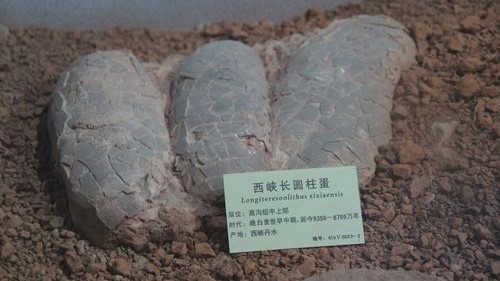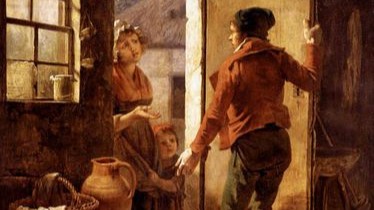You may have had a cavity in one of your teeth. That kind of cavity is a hole in a tooth that develops over time. It’s not a good kind of cavity to have. It can hurt, and your dentist will have to drill your tooth and fill in the hole.
For the red-cockaded woodpecker, cavities are good. Their cavities are not in their mouths. In fact, this bird makes cavities, or holes, in trees for their entire family to live in! They make such good cavities that other species of animals want to live in them, too. Sometimes, they do.
Red-cockaded woodpeckers are small birds that live in the southeastern United States. They live in longleaf pine forests. They are about 7 inches long and have a wingspan of 15 inches. They are called “red-cockaded” because the males have tiny red markings on the side of their heads.
These birds choose a mate and then build cavities in longleaf pine trees using their beaks. You may have heard woodpeckers pecking on trees. The red-cockaded woodpecker pecks on the pine tree to create a cavity. Usually, the woodpecker chooses a tree that has gotten softer in some places because it has a disease called heart rot. Once the cavity is completed, these birds peck small holes around the entrance. This causes the tree to leak sap around the entrance, which keeps away snakes that climb trees! Creating these cavities can take multiple years.
The red-cockaded woodpecker lives in small family groups. The family unit can have several members. Usually the sons stay with the parents for a time to help them build cavities and prepare for the newborn hatchlings. The daughters, however, will leave the group and start their own homes and families.
Conservationists are working to protect the red-cockaded woodpecker. These birds have been endangered since the 1970s. There are fewer of them than there used to be, so efforts need to be made to ensure they survive.
One reason these woodpeckers are in trouble is damage to their homes caused by natural events. For example, in April of 2019, Hurricane Michael made landfall in the panhandle of Florida and traveled into southern Georgia. It was a Category 5 hurricane, which means it was one of the strongest hurricanes possible. It destroyed property and downed trees in both Florida and Georgia. Many of the trees that were destroyed were the pine trees where the woodpeckers had built their homes. Since the birds couldn’t create new cavities quickly, they roosted in open areas, where they were no longer protected from predators and severe weather.
To help the red-cockaded woodpeckers, the Georgia Department of Natural Resources has installed 110 artificial cavity inserts into trees in the Silver Lake Wildlife Management Area in Georgia. These inserts replaced the real cavities destroyed by the hurricane and will give the woodpeckers a safe place to live and lay their eggs.
So now you know that some cavities can be good—just not the ones in your teeth!









